Framingham Study: Investigating the Link Between Blood Pressure & Age
VerifiedAdded on 2023/06/04
|7
|986
|205
Report
AI Summary
This report investigates the potential difference in the average age at death between individuals with and without high blood pressure, utilizing data from the Framingham study. The study employs both descriptive statistics and hypothesis testing, focusing on a random sample of 500 deceased participants. Exploratory data analysis, including histograms and box plots, visualizes the distribution of age at death for systolic and diastolic blood pressure levels. Summary statistics reveal the mean age at death for both groups, and a two-sample independent t-test is used to determine if the means are statistically different. The null hypothesis, stating no significant difference in average age at death, is tested against the alternative hypothesis. Based on the t-test results, the report concludes that there is no statistically significant difference in the average age at death between those with and without high blood pressure within the studied sample. However, it acknowledges the limitations of generalizing these findings to the entire US adult population due to the sample size.
1 out of 7
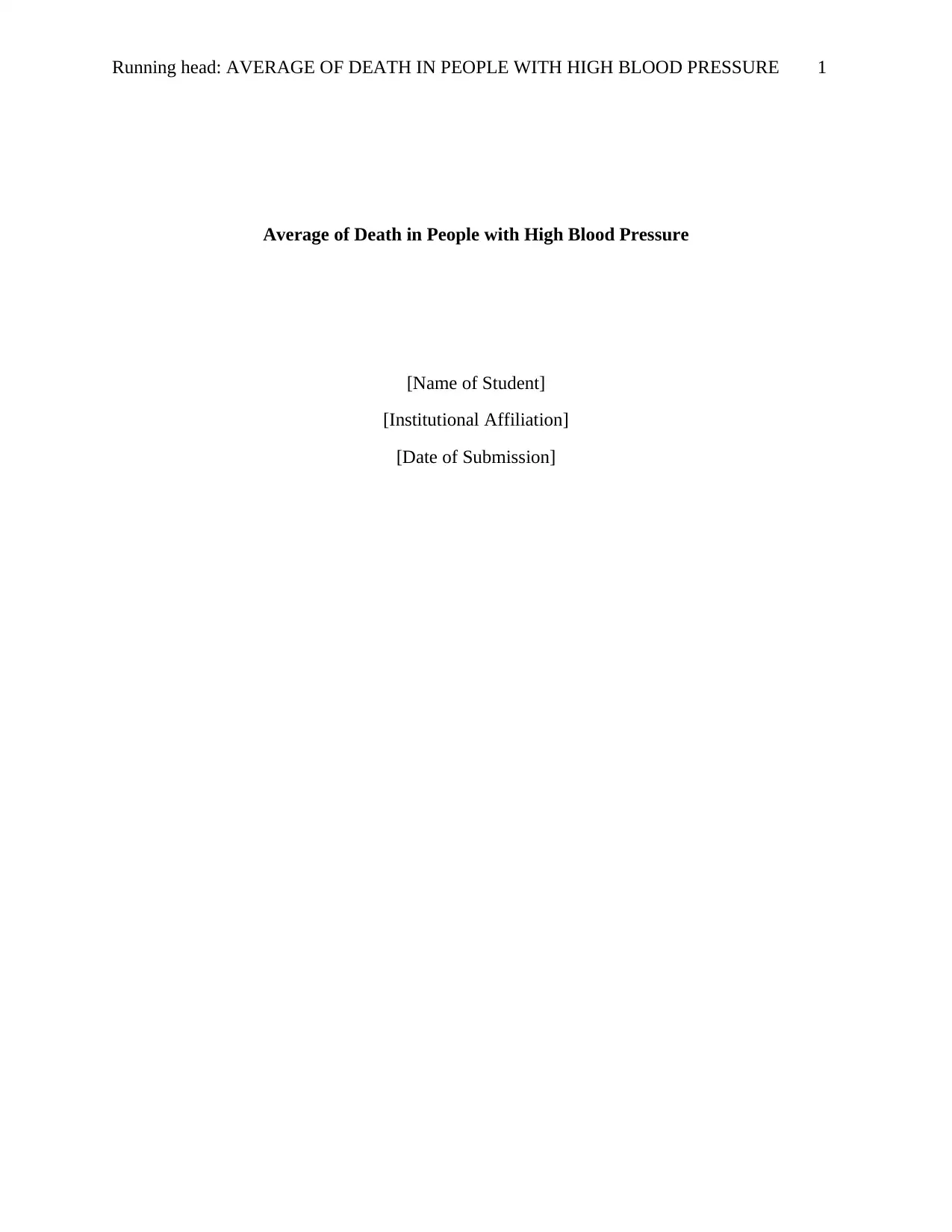
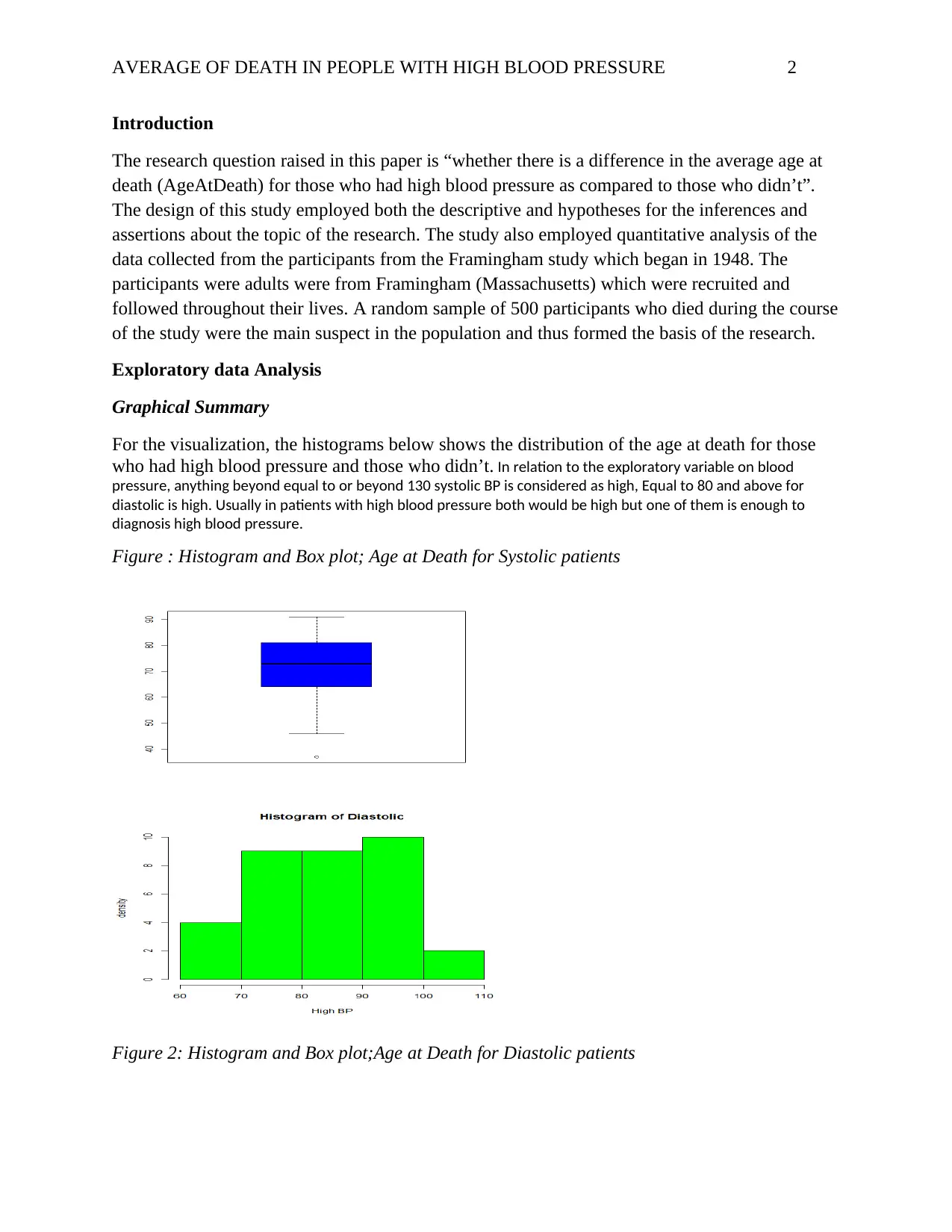
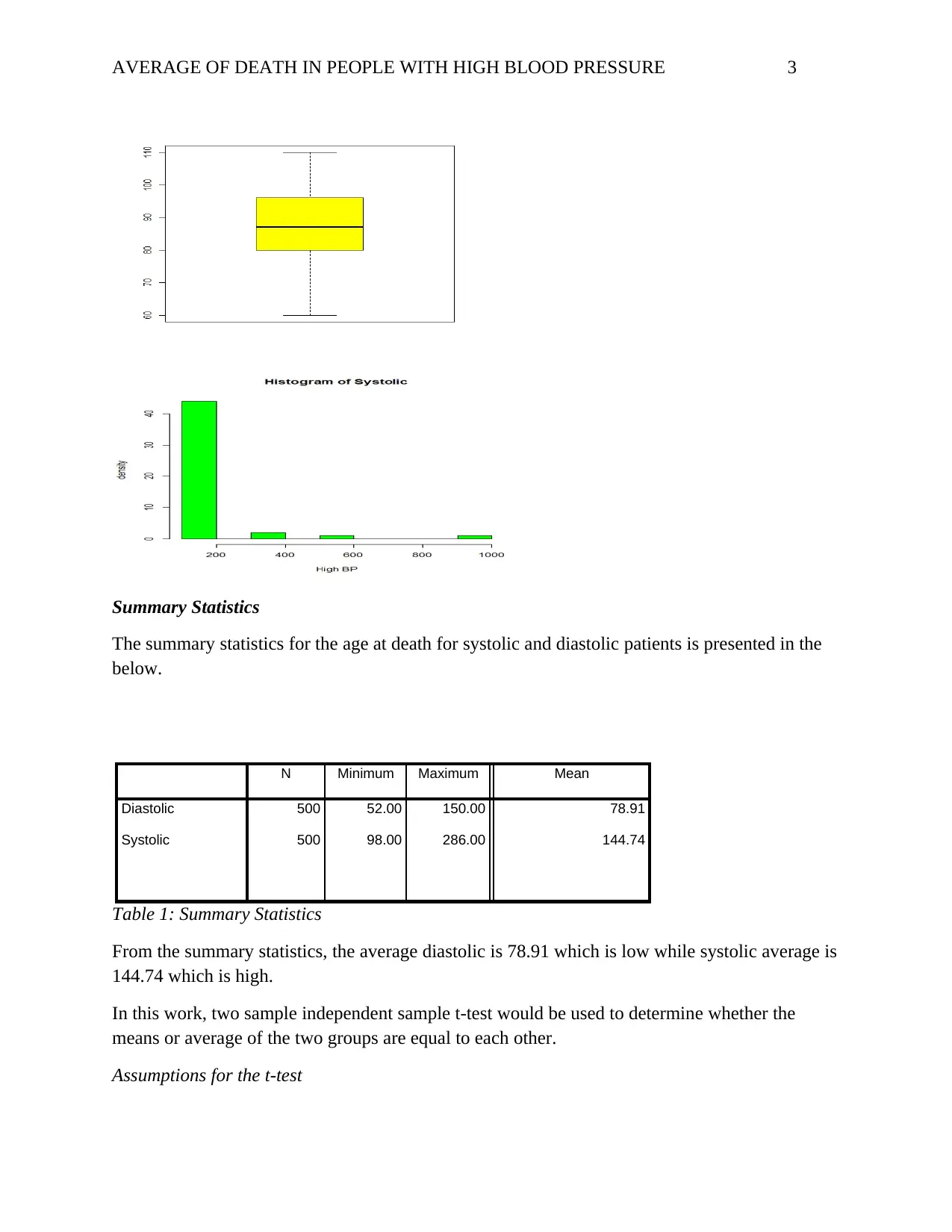

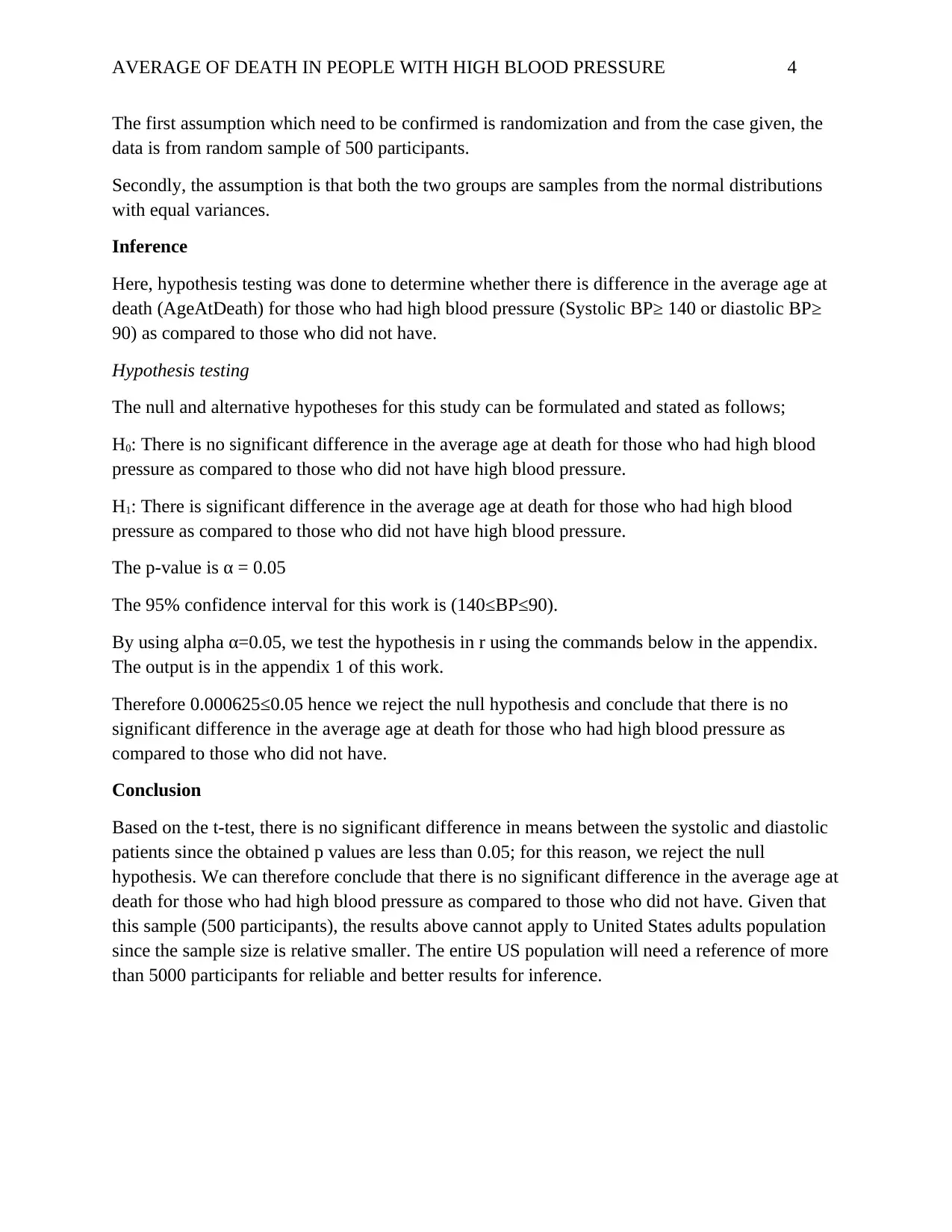

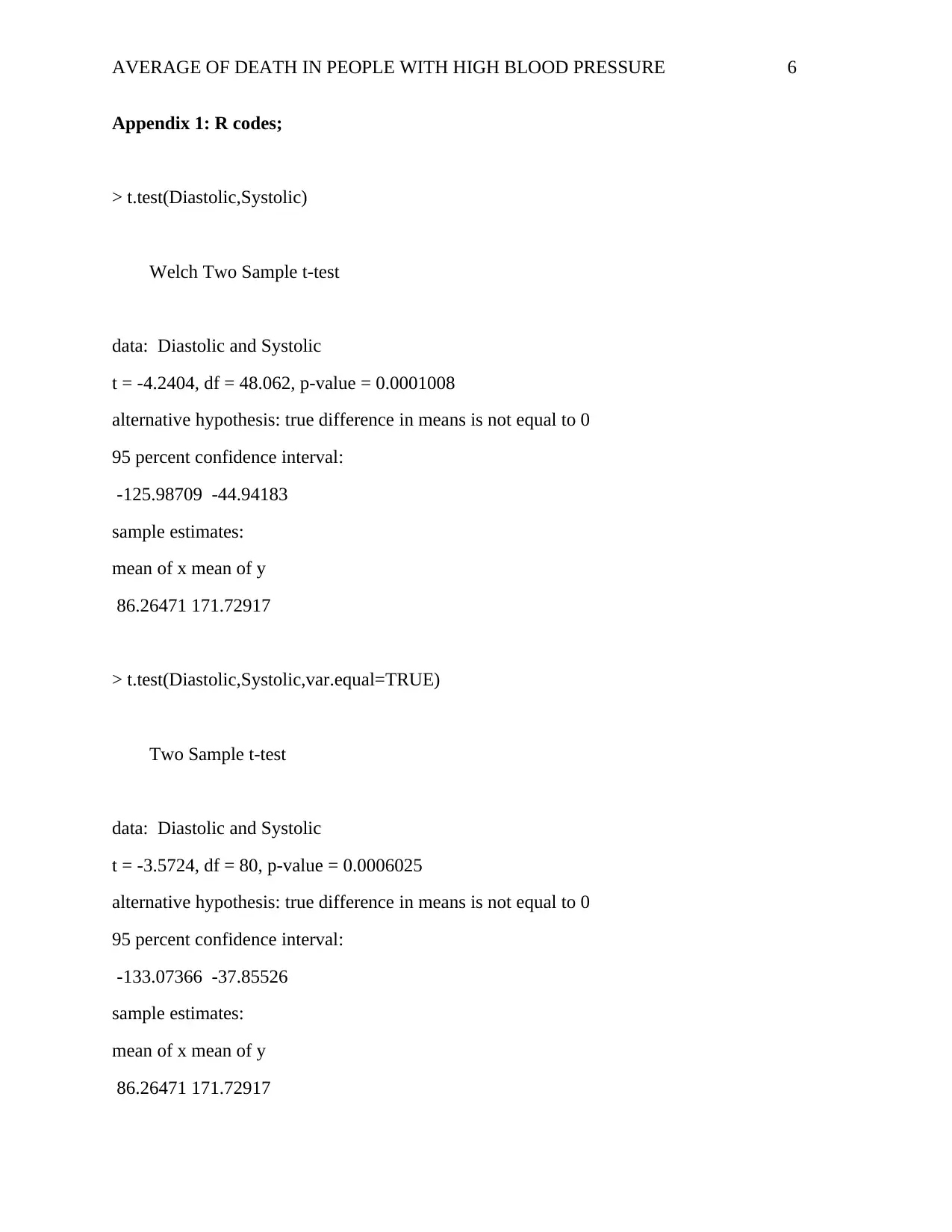





![[object Object]](/_next/static/media/star-bottom.7253800d.svg)